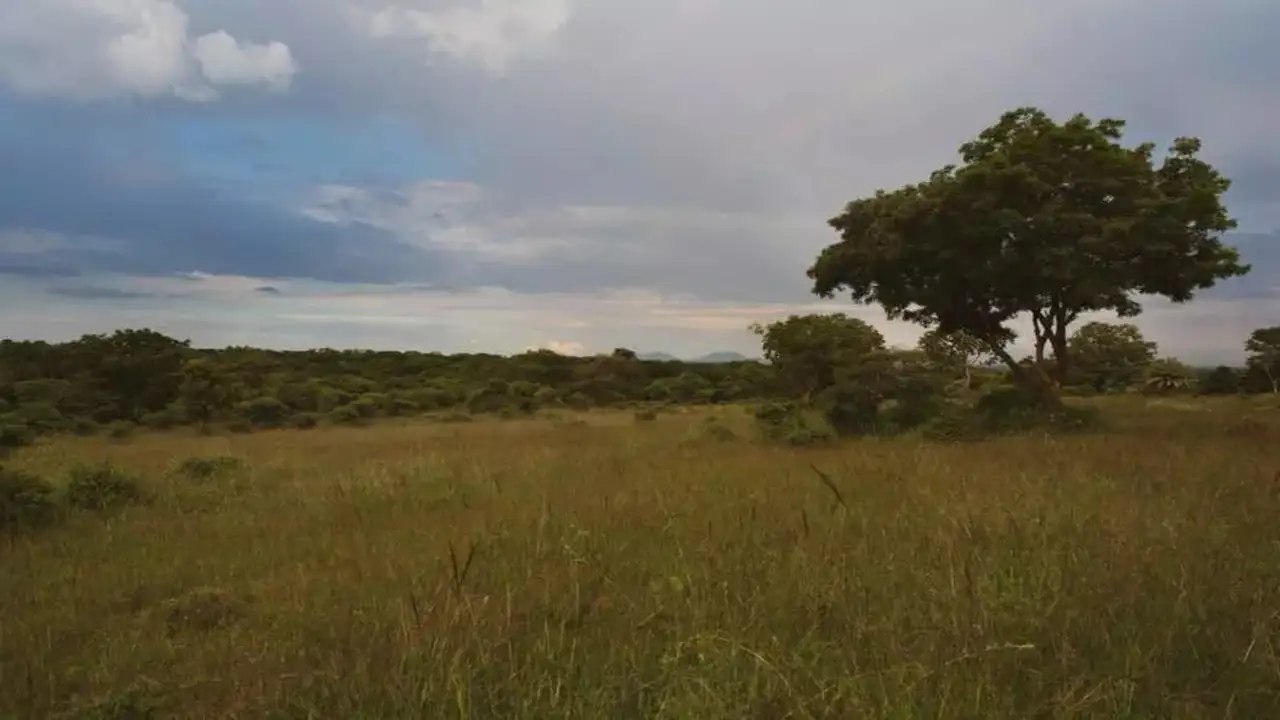- Courses
- GS Full Course 1 Year
- GS Full Course 2 Year
- GS Full Course 3 Year
- GS Full Course Till Selection
- Online Program
- GS Recorded Course
- NCERT (Recorded 500+ Hours)
- Polity Recorded Course
- Geography Recorded Course
- Economy Recorded Course
- AMAC Recorded Course
- Modern India, Post Independence & World History
- Environment Recoded Course
- Governance Recoded Course
- Science & Tech. Recoded Course
- International Relations and Internal Security Recorded Course
- Disaster Management Module Course
- Ethics Recoded Course
- Essay Recoded Course
- Current Affairs Recoded Course
- CSAT
- 5 LAYERED ARJUNA Mentorship
- Public Administration Optional
- ABOUT US
- OUR TOPPERS
- TEST SERIES
- FREE STUDY MATERIAL
- VIDEOS
- CONTACT US
World Wildlife Conservation Day 2024: Date, History, and Significance
World Wildlife Conservation Day 2024: Date, History, and Significance
04-12-2024
- World Wildlife Conservation Day is observed every year on December 4 to raise global awareness about the importance of preserving endangered wildlife and their habitats.
- The day focuses on encouraging people to take proactive steps in wildlife conservation and to highlight the growing threats to biodiversity worldwide.
World Wildlife Day (WWD)
|
History of World Wildlife Conservation Day
- The observance of World Wildlife Conservation Day traces its roots back to efforts initiated by Hillary Clinton, the then U.S. Secretary of State, during the "Wildlife Trafficking and Conservation" event held on November 8, 2012.
- This event marked a significant step in addressing the illegal trade in wildlife and its devastating impact on biodiversity.
- At the event, Clinton introduced the White House's strategy to combat global wildlife trafficking, drawing attention to the severe economic and ecological consequences of illegal activities such as poaching and habitat destruction.
- She famously said, “Wildlife cannot be manufactured. And once it has vanished, it cannot be replenished.”
- These words emphasized the irreversible effects of losing wildlife and the urgent need for conservation efforts.
- The initiative garnered strong support from key organizations like the U.S. State Department and the World Wildlife Fund (WWF), who continue to play a significant role in organizing activities and events for the day.
- This marked the beginning of the annual observance of World Wildlife Conservation Day.
Significance of World Wildlife Conservation Day 2024:
World Wildlife Conservation Day serves as a reminder of the urgent need to protect biodiversity and ensure the survival of endangered species.
- According to the International Union for Conservation of Nature (IUCN), around 8,400 species of wild flora and fauna are critically endangered, and an additional 30,000 species are vulnerable.
- Some species have already gone extinct, and more than 1 million species are currently at risk of extinction due to factors like habitat loss, climate change, pollution, and illegal wildlife trade.
- Protecting wildlife is crucial for maintaining ecological balance.
- Species interact in complex food webs, where each organism plays a role in ecosystem stability.
- The loss of one species can disrupt the entire ecosystem, leading to far-reaching consequences for human populations as well.
- Wildlife contributes significantly to economic stability through industries such as tourism, agriculture, and medicine.
Theme for World Wildlife Conservation Day 2024
- The theme for World Wildlife Conservation Day 2024 is "Connecting People and Planet: Exploring Digital Innovation in Wildlife Conservation."
- This theme highlights the increasing role of technology in wildlife protection and its potential to revolutionize conservation practices.
Key technological advancements being utilized include:
- Satellite Imaging: To monitor vast landscapes and track wildlife populations.
- Drones: Used for aerial surveillance, especially in remote and protected areas, to monitor wildlife and prevent illegal poaching.
- Artificial Intelligence (AI): AI tools are now being used to analyze patterns in wildlife data, predict trends, and identify threats to specific species or habitats.
A Call to Protect India’s Critically Endangered Species
India’s Role in Global Biodiversity
The Conflict Between Economic Growth and Conservation
Cultural Context and Legal Framework
Critically Endangered Species in India
Key Critically Endangered Species in India
|




